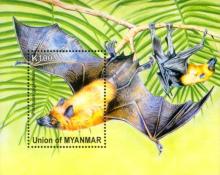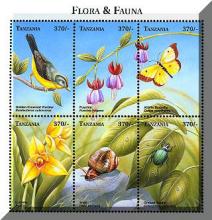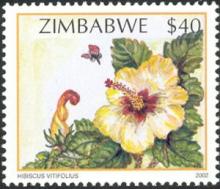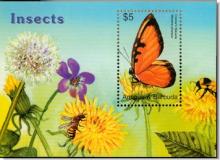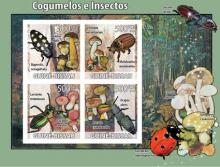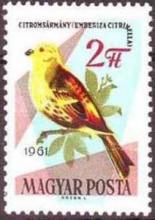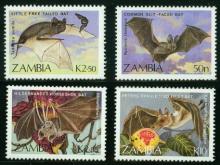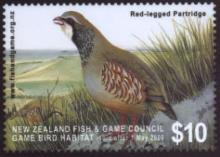Der Nahrungsmangel ist sicherlich eines der großen Probleme für unsere Fledermäuse
Wenn man bedenkt, dass etwa die Hälfte der mitteleuropäischen Insektenarten in der Roten Liste der vom Aussterben bedrohten Tierarten geführt wird, ist es unmittelbar nachvollziehbar, dass Tiere, die sich von Insekten ernähren, Schwierigkeiten haben, satt zu werden. Fledermäuse als einzige flugfähige Säugetiere stellen mit rund 1000 verschiedenen Arten weltweit die zweitgrößte Säugetierordnung. Nach einer überaus erfolgreichen Entwicklungsgeschichte über 60 Millionen Jahre hinweg kommt ein wenige Jahre währender dramatischer Rückgang. In Baden-Württemberg gelten 22 Arten als heimisch. In den letzten 30 Jahren brachen die Bestände um 80% ein, in Baden-Württemberg sind in dieser Zeit 4 Arten ausgestorben. Der Einsatz von Gift in Land- und Forstwirtschaft ist hier maßgeblich dran beteiligt. Zum einen werden die Insekten abgetötet und stehen den Fledermäusen nicht mehr zur Verfügung. Zum anderen werden Insekten durch Gift geschwächt und stellen dann eine besonders leichte Beute dar. Fledermäuse vergiften sich so selbst, sterben oder werden unfruchtbar oder bringen kranke oder tote Junge zur Welt. Das eigentlich hohe Lebensalter der Fledermäuse wird durch vergiftete Nahrung verkürzt, so dass eine ausreichende Reproduktion nicht möglich ist. Durch den Einsatz von Herbiziden auf den Äckern werden zahlreiche Wildkräuter verdrängt, die ebenfalls Nahrung für Insekten sind. Die Landschaft verarmt. Die Beseitigung von Hecken und Feldgehölzen, die Trockenlegung von Feuchtwiesen etc. beispielsweise im Rahmen von Flurbereinigungen zerstören ebenfalls Lebensräume für zahlreiche Insekten.

